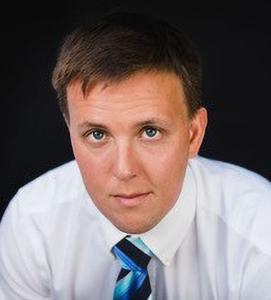Nathan Hardy

Contact
The principal sources in my dissertation, “Signs of Life: Christian Narrative Engagements with Paradox of Living Images,” feature a martyred saint, a shattered statue, a talking of a sphinx, bleeding icons of Jesus and Mary, and a miraculously created, self-replicating image of Christ that casts out demons and boards a ship. These ambiguous figures, strangely both alive and dead, showed their spiritual vitality through physical signs of life in Christian narrative texts from the fifth to the tenth centuries CE, and constitute exemplars of the paradoxical living image. In a series of case studies, I explore how the authors of these narratives probed the boundaries of life and death, spirituality and corporeality, in order to suspend and redraw these binaries. On one hand, the theological dynamism on display in these narratives responded to the perceived danger of idolatry that followed both from biblical image prohibitions and the role cult images played in the piety of ancient mediterranean peoples. On the other hand, and at the same time, the paradox of the living image provided these Christian authors an opportunity for religious differentiation from “Jews” and “Pagans,” as well as to portray how material objects furthered the enactment of the divine plan for Christian superiority.
My goals during the Marty Seminar are twofold. First, I will be writing an early section of my dissertation that analyzes the discursive and ritual practices that associated statues and material objects in worship with corporeality and death, while linking “spiritual worship” with life. With the help of my colleagues in the seminar, I plan to explore how the opposition of material images and the image one painted on their soul with virtues paradoxically implied a theory of animacy that depended on corporeal signs of life like movement, speech, breath, and higher thought—one that bore remarkable similarity to phenomenon of animated cult images that proliferated in ancient Mediterranean cultures. Relatedly, I hope to hone my engagement with object-oriented approaches to images and animacy, theoretical conversations born in anthropology and art history, that question the distinctions between subject and object and highlight the agency—even liveliness—of material objects. As I carry forward this necessarily interdisciplinary historical work, I look forward to introducing to new audiences these fascinating late ancient reflections on matter, the divine, and Christian identity

